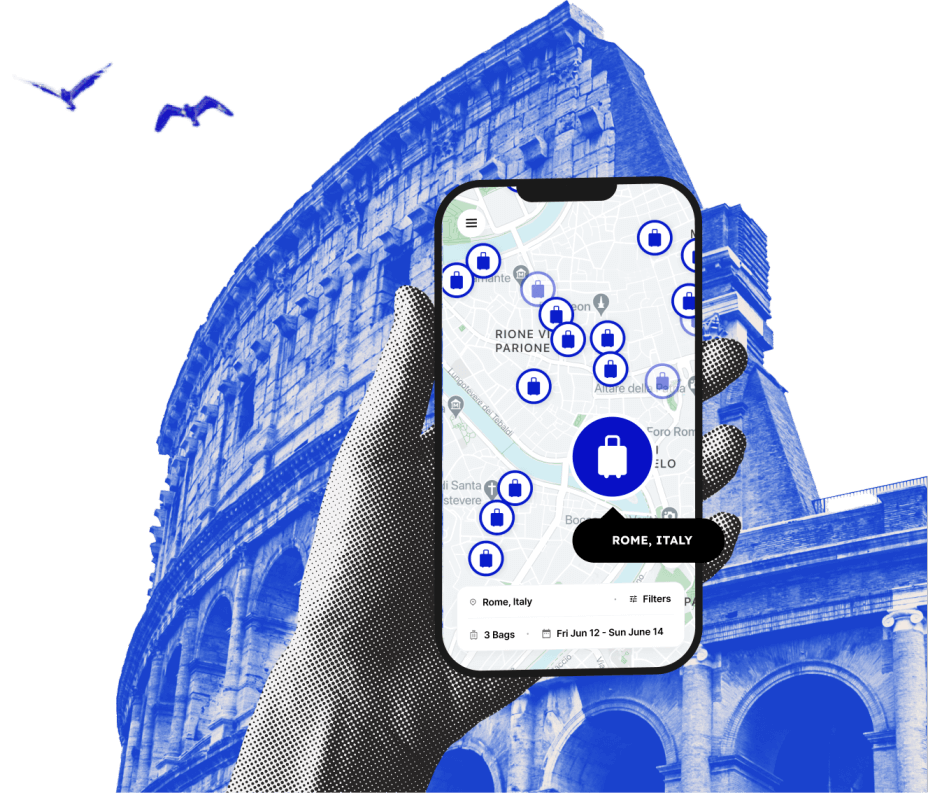The Best Time to Visit Vienna 2024: The Ultimate Guide
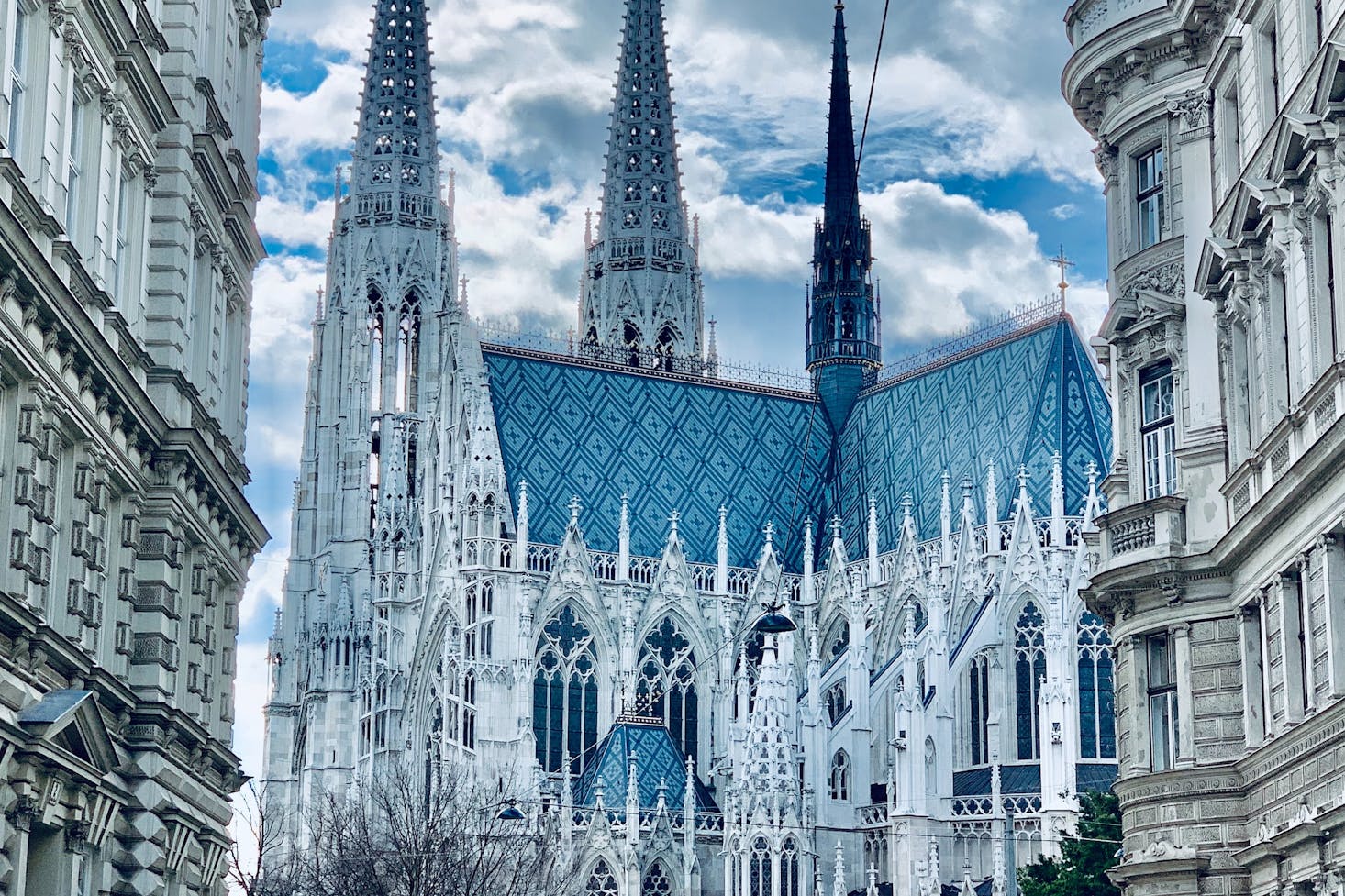
Nestled along the Danube River, Vienna is the capital of Austria, world-renowned for its rich historical and cultural heritage. A quick stroll to the streets of the old city center will take you to numerous magnificent museums, concert halls, monuments, and charming old buildings. It provides an opportunity to enjoy the mix of modern and past architectural eras.
With endless leisure and fun cultural activities available year-round, it’s no surprise that Vienna is one of the most visited cities in Europe. Between the famous cafes, trendy shops, and historic squares, there’s a wealth of hidden gems worth discovering. There are vast woodlands, numerous parks, and other open green spaces that provide a perfect respite from the hustle and bustle of urban life.
Vienna has a dry continental climate, with cold winters and warm summers. It receives approximately 26.6 inches (675 mm) of precipitation per year and has an average of 1,930 hours of sunshine yearly. It also gets frequent snow every year, but generally not abundant. Its temperature can drop to 5 degrees F (-15 degrees C), and an average high can reach 95 degrees F (35 degrees C).
Summer is the best time to visit Vienna for concert-goers and those who want to attend film festivals and other key events. For shoppers, make sure to visit Vienna when the famous Christmas markets are open, where you can pick up unique holiday gifts in a festive environment. Fall is a great time to explore the parks and heritage sites, while spring is a wonderful season to eat out and explore the majestic Vienna Opera House. But no matter what time of the year you plan to explore the city, always use Bounce luggage storage in Vienna to travel light and hassle-free.

Love discounts and traveling?
Sign up for our newsletter and get 10% off your next booking.
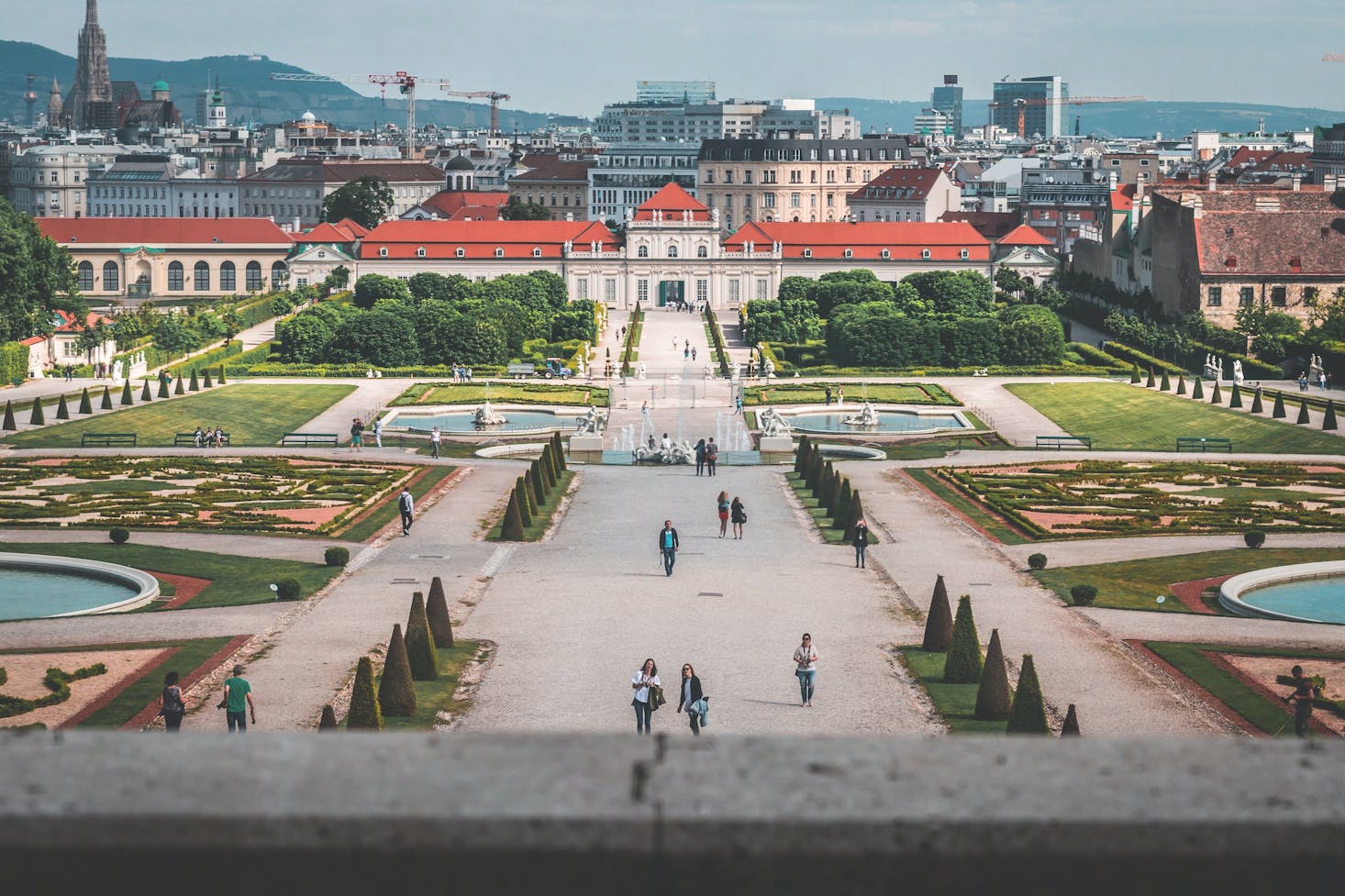
Summer in Vienna: June - August
Vienna summer brings warm weather, though it can also be hot, even reaching 86 degrees F (30 degrees C). However, it usually hovers around 79 degrees F (26 degrees C). The beginning of June is generally drier and cooler than the rest of the summer season. On average, the daytime temperatures for July and August range between 62 degrees F (17 degrees C) and 81 degrees F (27 degrees C).
Since it’s summer, expect more sunny days and longer hours of sunshine per day. There are around 755 sunshine hours during summer in Vienna and around eight days with significant precipitation every month, ranging between 2.5 to 3.3 inches (65mm to 84mm).
Although temperatures in Vienna can get hot during summer, it’s still manageable. The rain decreases, but you’ll want to be ready for both rain and sunshine. So bring a small foldable umbrella to prepare for a wet day.
If you plan to do a lot of sightseeing, you’ll likely do it on foot, so pack comfortable clothing and shoes without sacrificing style. Men can wear a light, button-down shirt with pants or jeans. For ladies, opt for a blouse with a lovely skirt or a sundress for summer in Vienna.
Avoid wearing very low-cut clothing or an outfit that shows too much skin if you want to blend in and not look like a tourist. You don’t want to wear shorter shorts, or you’ll feel out of place in the city. When in doubt, it’s best to dress in a sophisticated yet fairly conservative manner. Just keep in mind that overly revealing clothing is commonly frowned upon in Vienna.
Good walking shoes are your best bet, but sneakers may not be the best option. The roads can be unpaved and cobbled, and if you plan to do a lot of walking, you’ll need something that will keep your feet comfortable and blister-free at the end of the day. Consider a pair of athletic or walking shoes with thick soles and heels.
The pleasant summer in Vienna means you have more time to discover the glorious lakes, outdoor pools, and vineyards in the Austrian capital. Have a surf session or a swim at the beach, go to a live music festival, or enjoy a thrilling adventure at the Prater amusement park. The warm weather also allows you to explore the streets outside at night and find bars, cafes, and wine taverns.
Some of the key events in Vienna take place in the summer months, including Danube Island Festival. It’s one of the city’s biggest open-air music festivals, celebrating great music and talents for three days. In August, you can also enjoy good food and wine at the Neustift Kirtag Festival in a winery village.
There’s no doubt summer is a popular time to visit Vienna with pleasant weather and numerous great events. But you won’t be the only one celebrating and basking in the Viennese sun. Tourists flock to the Austrian capital each summer, and flights and hotel rates tend to be more expensive than the rest of the year.
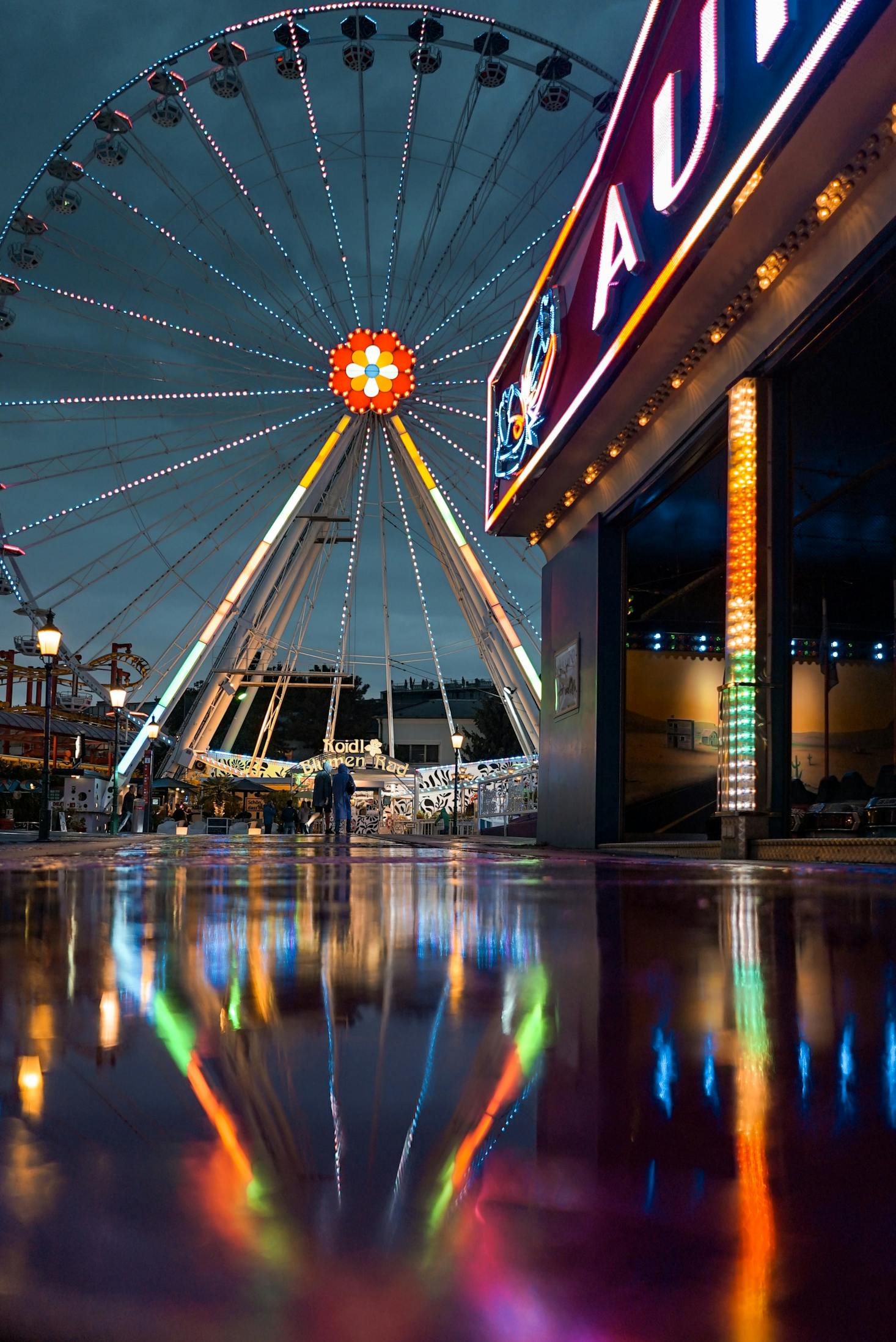
Fall in Vienna: September - November
Fall in Vienna is a lovely season to take in its unique culture. You’ll experience more comfortable temperatures in the middle of September through early October. While rain remains a possibility, the average monthly precipitation decreases to 1.2 - 1.9 inches (32 - 50 mm).
There are approximately 375 sunshine hours in Vienna in the fall. The air is still warm in September, with an average temperature of 68 degrees F (20 degrees C), but temperatures drop to 48 degrees F (9 degrees C) at night. You’ll feel colder temperatures in late October, but the lowest average of 37 degrees F (2.8 degrees C) occurs in November. There’s also a high chance of first snow in late November, but it begins to melt as soon as it drops.
Fall in Vienna is a wonderful season to accessorize and show off your unique personality. While the summer is probably the only season where Viennese dress down, the city fashion transitions into a semi-formal look as the summer crowds disappear. To blend in with the locals seamlessly, the must-have items you should pack are light gloves, a hat, a light jacket, and a scarf.
You can never go wrong with accessories and layers. Wear a light cardigan or jacket over a dress or a nice pair of pants or dark jeans. Skirts and blouses are also appropriate for ladies when the weather is still warm in early September. A trench coat is another option for fall that you can toss over a dress. For gentlemen, you can pull off a collared shirt with a pair of well-fitting pants in neutral or earth-toned colors. Then, layer up with a wool sweater, especially during cold fall nights.
The fall months in Vienna offer good weather, although late October and November can get a bit cold as winter gets nearer. Trees start shedding their leaves, and the city is filled with bronze, copper, and gold colors. Every park transforms into a stunning fiery spectacle that stands out against the bright blue sky. And if you want to experience authentic fall magic, head to the city’s western edge and explore the Vienna Woods. Here, you can find more than 2,000 plant species and hundreds of birds.
Fall is also the best time to visit Vienna for wine lovers, as local wine inns welcome visitors and offer their finest produce. The annual Vienna wine hike also takes place in the fall, giving guests the opportunity to explore the glorious vineyards in the city. These include the scenic vineyards in Nussberg, Bisamberg, Kahlenber, and Mauer, where you can enjoy magnificent fall views and delicious wine tastings.
Sure, you’ll find fewer tourists in the fall than in summer in Vienna. There are also great deals on accommodation rates, but don’t underestimate the draw of the magical fall season in the city. That’s why it’s always best to book your flights and hotel in advance.

Winter in Vienna: December - February
Winter in Vienna is cold, windy, and snowy. But instead of freezing, its temperature is more chilly, and winds from the Alps sometimes cause snowstorms. Average daytime temperatures range between 39 to 43 degrees F (3.9 to 6.1 degrees C). You’ll also see some days when temperatures struggle to get above 32 degrees F (0 degrees C).
The coldest month of the year is January. The temperature drops to around 11.5 degrees F (-11.4 degrees C) on the coldest nights. The city receives about 0.8 to 1.3 inches (20.32 to 33 mm) of rain and 7 inches (177.8 mm) of snow per month. On average, there are 220 hours of sunshine in winter in Vienna.
Pack your hats, scarves, and gloves if you plan to visit Vienna in the cold season. Be prepared to bring warm, comfy clothes, including turtlenecks, sweaters, and even headbands to protect your ears. The pavements and streets can get quite muddy after snow, so wear proper footwear, like sturdy shoes, especially if you plan to wander around the streets on foot.
While some cities have fewer tourists in the cold season, winter in Vienna brings tons of visitors to explore the world-famous Christmas markets. They start popping up around the city in mid-November, including a massive one just outside the city hall. You’ll find meticulously-constructed wooden stalls arranged in rows and filled with twinkling lights and beautiful ornaments.
Don’t be surprised if most restaurants are closed, and the streets are almost empty on Christmas Eve. That’s because Austrians celebrate Christmas during this time at home with their families. If you’re still here to party on New Year’s Eve, don’t miss the huge fireworks display at City Hall Square. You can also go ice skating on the magical ice path at the Square, perfect for beginners and professionals of all ages.
The holiday spirit in Vienna is so alive in winter, despite the cold weather. Many Europeans and visitors around the world head to the city for exciting wintertime festivities. However, another surge of tourists means more expensive flights and increased hotel rates during the holiday period.
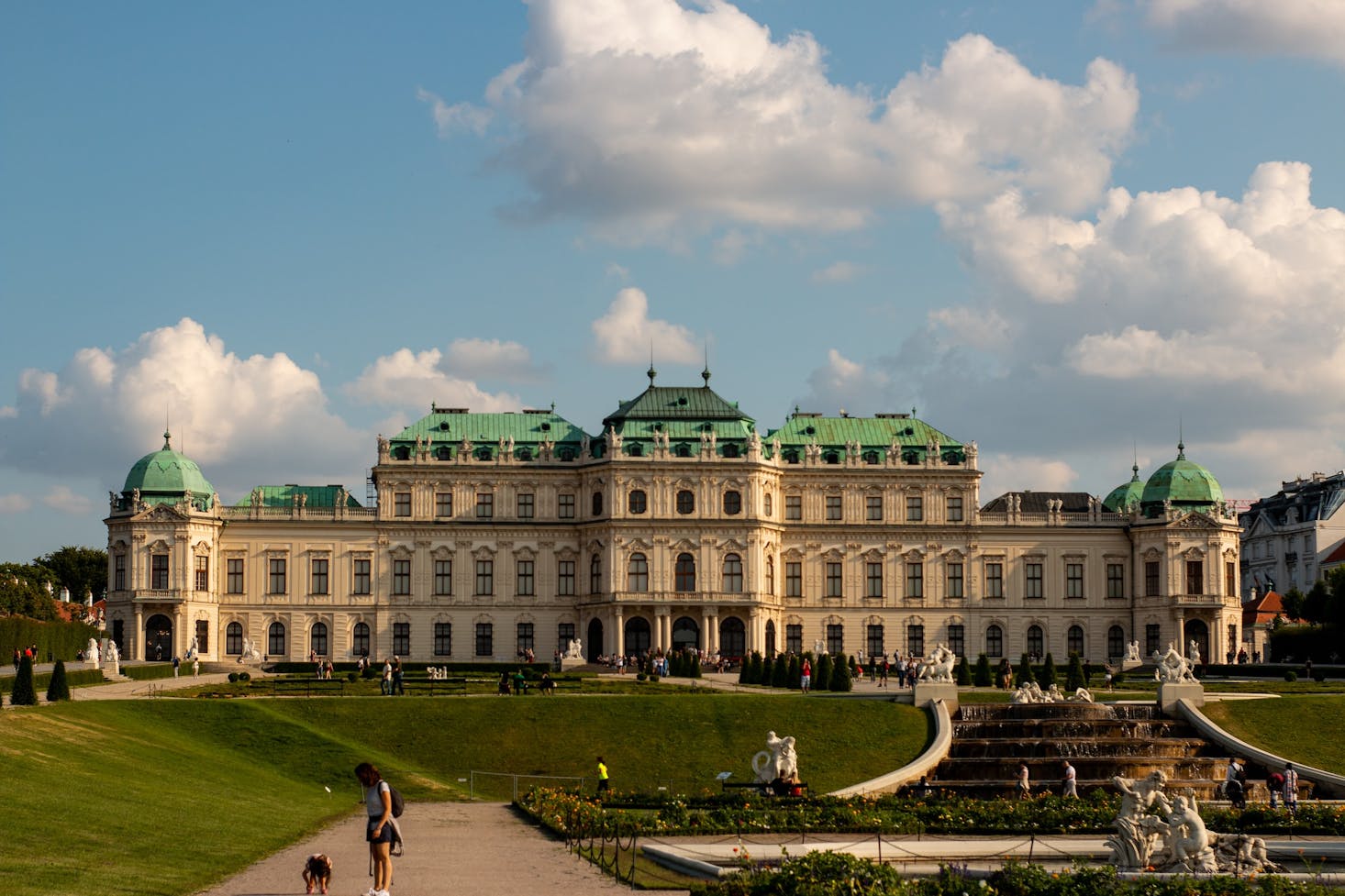
Spring in Vienna: March - May
You can still expect chilly weather during spring in Vienna and occasional gusty winds and rainfall. March is the end of the winter season, but it can still get pretty cold. Temperatures range from around 37 degrees F (2.8 degrees C) to warmer 61 degrees F (16 degrees C) in March and April. Then it rises to a comfortable range of 70 degrees F (21 degrees C) in May. As for precipitation, it grows from 1.8 inches (45.72 mm) at the start of the season to 2.7 inches (68.58 mm) at the end. It also gets an average of 585 hours of sunshine.
It's still rainy and cold throughout most of the city in early March or the beginning of springtime. Always bring an umbrella to avoid getting soaked when visiting Vienna. You might also see snow, so you’ll need hats, jackets, and trench coats to keep you warm and cozy. You can now put away your darker winter clothing in favor of brighter clothes and pastels.
However, spring in Vienna isn’t a time to put on your sandals or sneakers. A pair of comfortable, practical shoes will always be in fashion. Remember, locals like to dress well for the evening, so it’s always a good idea to dress up, not dress down, especially if you’re watching an orchestral performance or a show.
March and April have the best spring exhibitions, while May is the start of festivals and other key events in Vienna. The Easter holidays can also get busy with many seasonal markets where you can buy vintage items, gifts, and handmade goods. For food lovers, participate in the Genuss Food Festival in May. It’s a three-day event featuring over 190 food stalls.
Visiting Vienna in spring means no long lines at major city attractions and cheaper accommodations and flights. But you’ll have to wait for the next season until all key events and celebrations are in full swing.
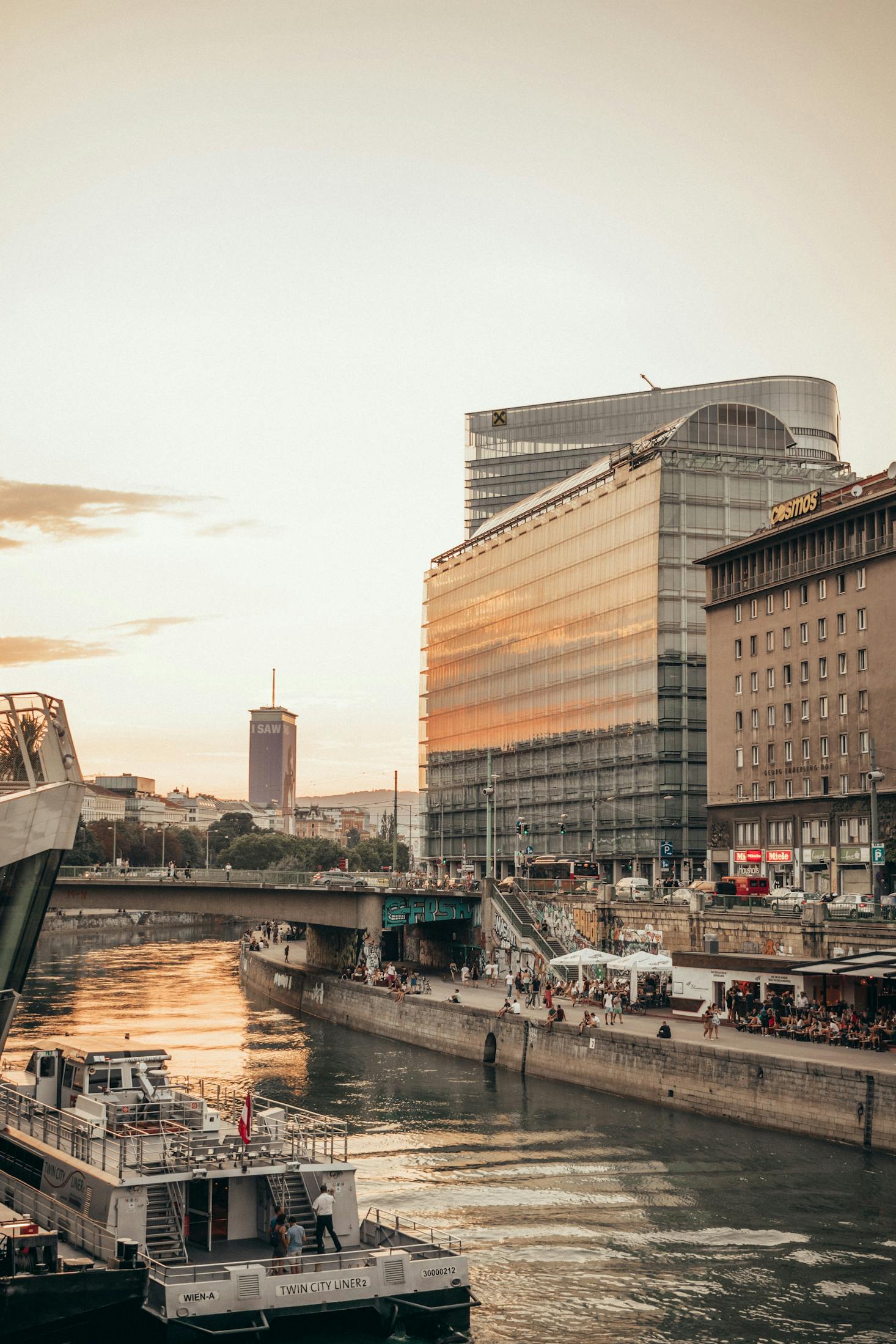
When is the best time to visit Vienna for you?
June through August and December to January are the high travel seasons in Vienna, where you’ll see a flock of visitors around its top attractions and sights. The city becomes lively and colorful, filled with exciting events, festivals, and activities. On the other hand, visiting Vienna in spring and fall allows you to explore nature, discover wineries, restaurants, and bars, and admire its gorgeous green spaces. You also don’t have to worry about fully-booked hotel rooms or inflated prices.
Know what you want to do during your trip to Vienna? Check out these guides for inspiration!
The Best Hikes In Vienna
Vienna On a Rainy Day: Things To Do
Music Festivals in Vienna in 2022

Love discounts and traveling?
Sign up for our newsletter and get 10% off your next booking.
